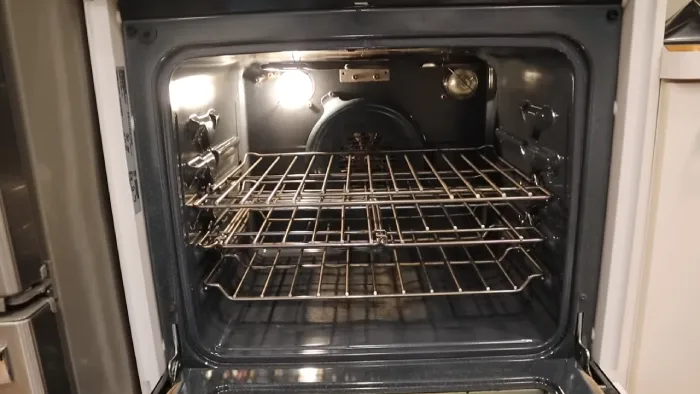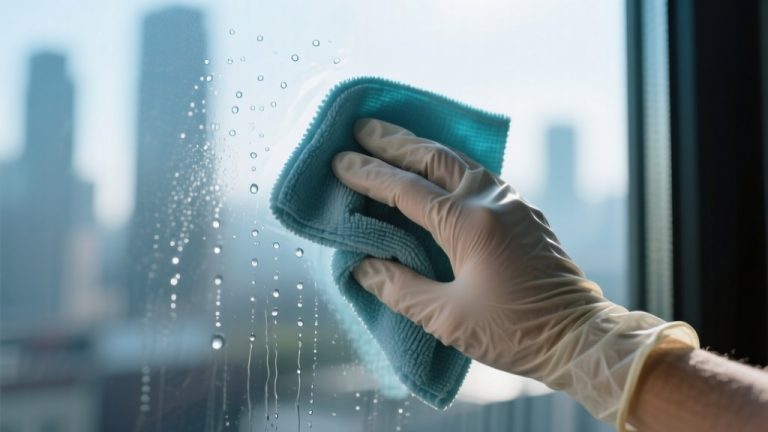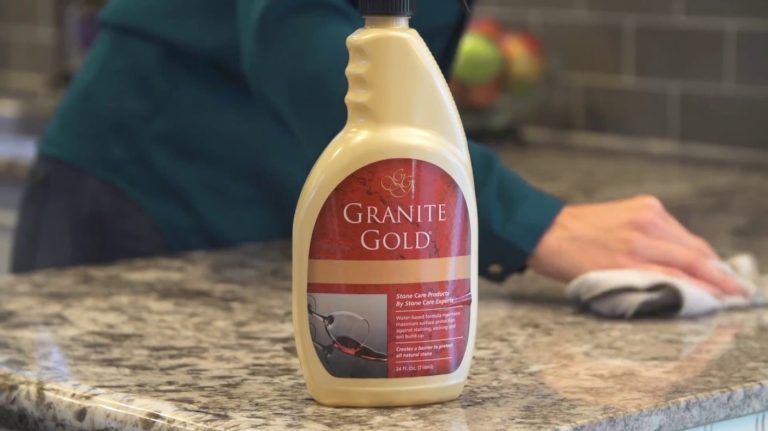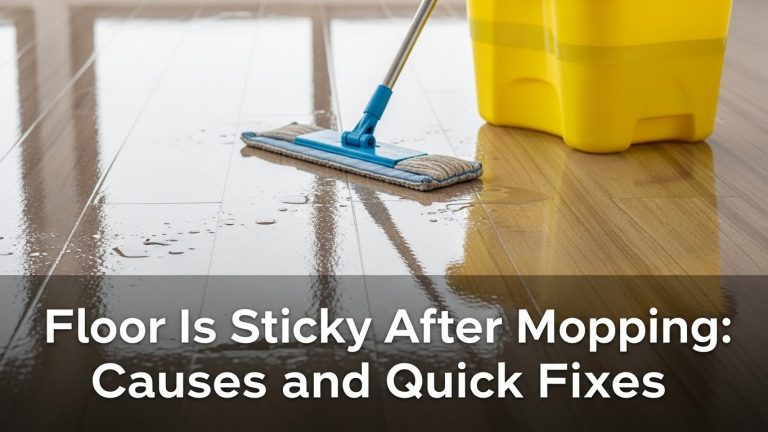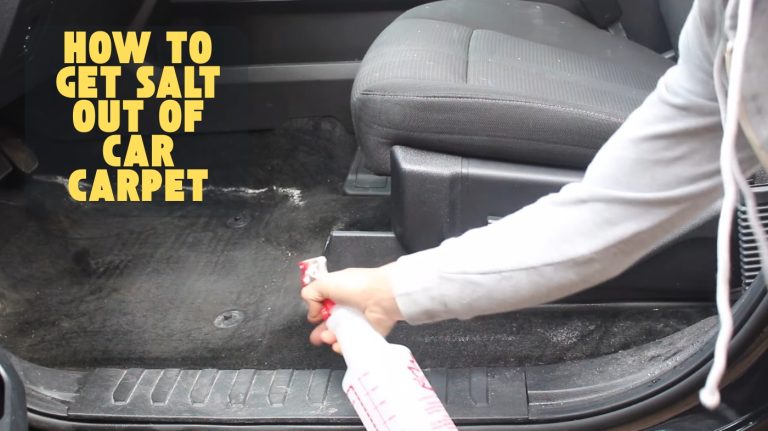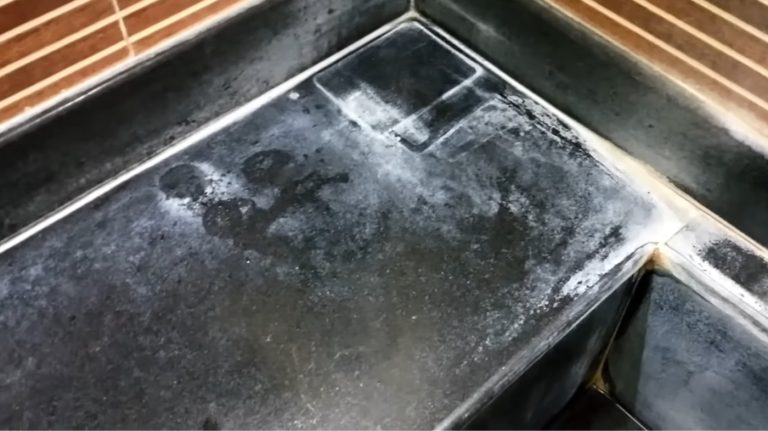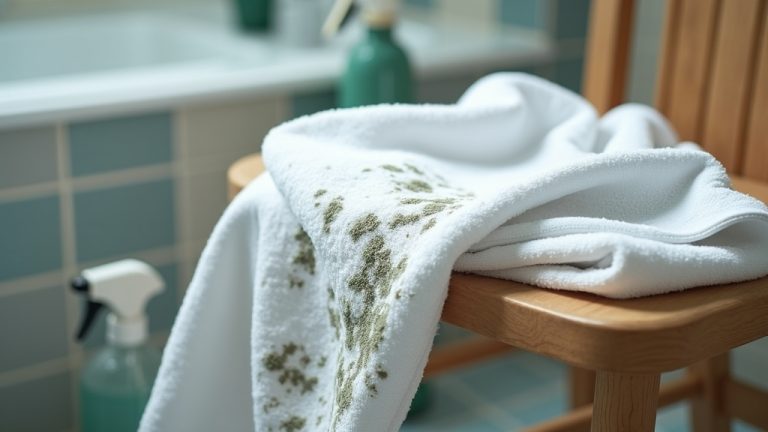How Long to Ventilate Oven After Cleaning: 3 Factors
Ovens accumulate grease, grime, and food residue with regular use, affecting their performance and hygiene. Therefore, cleaning the oven regularly using appropriate cleaning products and methods is essential.
But after cleaning the oven, one common question is how long should you ventilate it before using it again. Typically your oven will take anywhere from 30 to 90 minutes, depending on its age and make. When your oven is done self-cleaning, it will usually automatically unlock itself if it has an automatic lock.
This article explores this issue by examining factors influencing ventilation time after oven cleaning. So continue reading for more information.
Understanding the Importance of Ventilating Your Oven After Cleaning
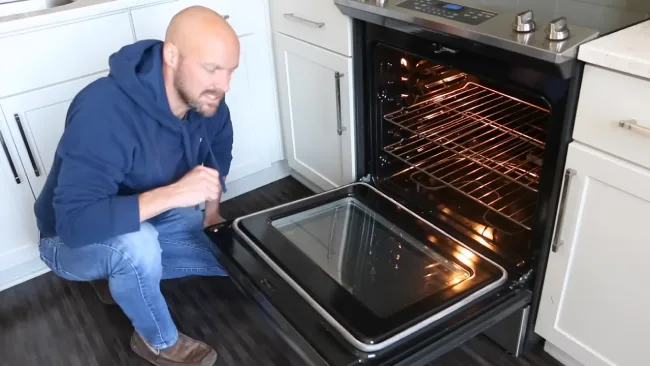
Ventilation helps in removing harmful chemicals and gasses that may be present inside the oven, thus preventing them from affecting your health or causing damage to the appliance itself.
Fumes Buildup:
Failure to ventilate properly can result in fumes buildup, leading to respiratory problems when ingested over time. Proper ventilation also ensures even heat distribution throughout the oven, enhancing its overall performance during cooking.
When you open the door of an unventilated oven, hot air rushes out quickly due to pressure differences between the inside and outside. This sudden release of hot air can cause uneven baking or even burn your food if not monitored carefully.
Fire Risk:
The fire risk is a significant concern for those who neglect to ventilate their ovens properly. This is because food debris and grease accumulation in an oven can create a combustible environment, especially when heated to high temperatures. Without ventilation, these substances may ignite and cause a fire when cooking in the oven.
Prevent Moisture Accumulation:
Also, proper ventilation helps prevent moisture accumulation within the oven during cooking or cleaning. Excessive moisture build-up can lead to rusting or corrosion of important components leading to expensive repairs.
Consistent ventilation keeps these components dry and functional, ensuring maximum lifespan for your appliance while producing healthy meals for your family.
Factors that Affect the Duration of the Oven Ventilation After Cleaning

Oven ventilation after cleaning is an essential process that helps remove any residue, fumes, and odors from the oven. However, the ventilation process can take longer or shorter depending on several factors, including:
#1 Type of Oven
Regarding the type of oven, various factors can affect how long you should ventilate your oven after cleaning. One such factor is whether you have a gas or electric oven.
Gas ovens produce more fumes than electric ones due to their combustion process. As a result, they require longer ventilation times to ensure all harmful gasses have dissipated from the interior.
#2 Size and Layout of the Oven
Another crucial factor affecting your oven’s ventilation time after cleaning is its size. The bigger and more complicated the oven, the more time it will take to cool down completely.
This is because larger ovens typically have multiple racks and cooking compartments that generate a lot of heat during use. As such, they require more ventilation time to ensure all residual odors and fumes are eliminated.
Aside from size, the layout of your oven also plays a role in determining its ventilation requirements. If your oven is located in a confined space with poor airflow, like a small kitchenette or pantry area, it may take longer for moisture and odors to dissipate naturally.
In these cases, opening windows or using fans can help speed up ventilation and prevent unwanted smells of fumes from lingering.
#3 Type Of Cleaning Product You Use
Another factor affecting the time you should ventilate an oven is the type of cleaning product used. Different cleaners have varying toxicity levels; some may produce stronger fumes than others.
For example, self-cleaning ovens use high heat to burn off residue and are generally considered safe for indoor use. However, harsh chemical cleaners with ammonia or bleach require more ventilation as they release strong odors and potentially harmful fumes.
It is important to note that not all cleaning products are suitable for every oven model. Some manufacturers recommend specific cleaner types or discourage using certain chemicals altogether.
How to Determine When Your Oven is Properly Ventilated?
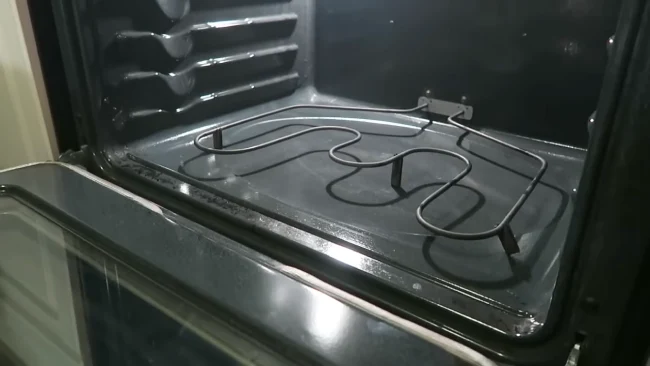
Proper ventilation prevents the buildup of dangerous gasses and contaminants and ensures that your dishes cook evenly and to perfection. Several key factors must be considered to determine if your oven is properly ventilated.
Check Air Circulation
You must check the air circulation in your oven to make sure it’s ventilated properly. This involves ensuring that hot air can escape from the oven and fresh air can enter.
One way to do this is by observing the vents in your oven door or at the back of your oven. If they are blocked with debris or grease buildup, you must clean them out before using the oven.
Another way to check for proper air circulation is by placing a piece of paper near the vents while the oven is on. If the paper moves slightly due to airflow, then adequate ventilation exists. But if it remains stationary, there may be an issue with airflow, and further investigation is necessary.
Measure Temperature
In addition to checking for proper air circulation, measuring the temperature inside your oven is important. This ensures that your food is cooked evenly and thoroughly, preventing potential safety hazards, such as undercooked meats.
To measure the temperature of your oven, you will need a thermometer specifically designed for use in ovens. These can be found at most kitchen supply stores or online retailers.
Once you have obtained a thermometer, place it inside the oven and allow it to preheat along with the oven before taking a reading.
Monitor Humidity Levels
Monitoring humidity levels in your oven can help prevent potential hazards such as drying out of food or uneven cooking. High humidity levels can cause condensation on the surface of baked goods, while low humidity can cause them to dry out quickly.
One way to monitor humidity levels is using a separate thermometer with a hygrometer function specifically designed for ovens. This tool measures temperature and relative humidity inside your oven, allowing you to adjust accordingly based on the recipe’s requirements.
How to Ventilate Your Oven Properly: Useful Tips and Tricks
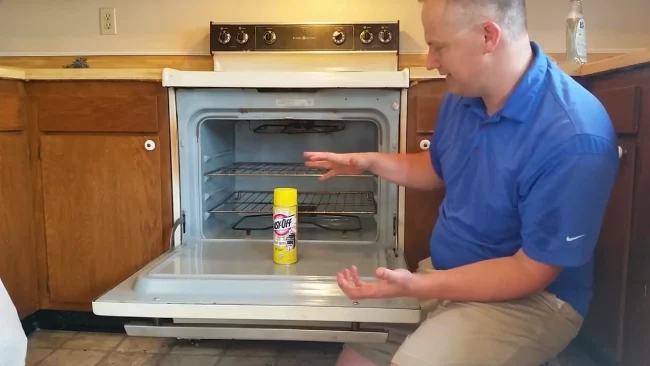
As discussed in the previous section, failing to ventilate your oven can pose significant risks. Giving your oven enough time to cool down and release any remaining fumes before using it again is essential. Here are some useful tips:
Tips #1. Opening Windows and Doors for Improved Ventilation
Proper ventilation is crucial in maintaining a healthy and safe environment indoors. Opening windows and doors can enhance air circulation, which helps to remove pollutants and reduce the risk of respiratory illnesses caused by poor indoor air quality.
Tips #2. Using Fans for Increased Airflow
One way to speed up ventilating an oven after cleaning is to use fans. Fans can increase airflow and quickly remove any remaining fumes or odors from the oven. This method is particularly useful when you need to use your oven after cleaning it.
When using fans, ensure they are positioned in a way that maximizes their effectiveness. Place one fan at the entrance of the room where the oven is located and another one near the exit. This will create a cross-ventilation effect that will help circulate air throughout the space.
Tips #3. Turning On Your Oven’s Ventilation System
You must allow proper airflow within the oven to prevent residual fumes or odors from affecting future cooking endeavors. The time required for ventilating an oven will vary depending on the model and type.
To turn on your oven’s ventilation system, locate the vent hood switch, typically located above the range. Turn it on before preheating your oven and leave it running for 15-20 minutes after cooking. This allows enough time for all residual heat and fumes to dissipate properly.
Do I need to air out the oven after cleaning?
Airing out your oven after cleaning it before using it again is highly recommended. The chemicals and fumes released during the cleaning process may be harmful if inhaled, especially if you are sensitive to these chemicals.
Leaving the oven to air out for a night will ensure all the chemicals are completely off-gassed, making it safe to use again. If you cannot wait a full night, leave the oven open for a few hours to facilitate air circulation.
Is it safe to cook in an oven after cleaning it?
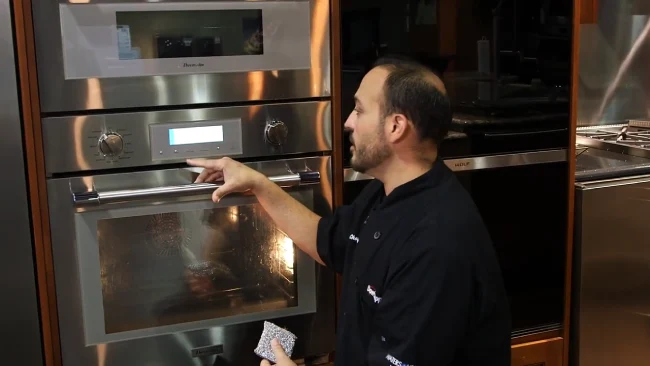
It is safe to cook in your oven immediately after cleaning it, as long as you have thoroughly removed all the residue.
Ensure that all the chemicals and cleaning agents used during the oven cleaning process are thoroughly rinsed off, as these can cause harmful fumes when heated. Furthermore, confirm that the oven is dry before using it again to avoid any incidents.
Should I open the windows when cleaning the oven?
It is highly recommended to open your windows when cleaning the oven, as this will facilitate air circulation, enabling the fumes and chemicals to escape.
Doing so would also help prevent lingering fumes that can be absorbed by your furniture and carpets, potentially causing health issues. Proper ventilation during the cleaning process will make the process efficient and safe.
Also, wearing protective equipment such as gloves and a mask is advisable to keep yourself safe from the cleaning agents’ effects.
Keep Your Oven Safe & Efficient: Follow Proper Guidelines for Ventilation
Proper oven ventilation is essential for ensuring that it functions efficiently and safely. The time required to ventilate your oven after cleaning depends on various factors, including the type of oven you have and how extensively it was cleaned.
To figure out if your oven is adequately ventilated, you should use a combination of visual cues and common sense. Failure to adequately ventilate your oven can result in several risks, including fires or health hazards from inhaling toxic fumes.
Therefore, following some basic guidelines for properly ventilating your oven and taking steps to prevent future buildup is crucial. By following those tips, you can ensure that your oven remains safe and functional for years.

